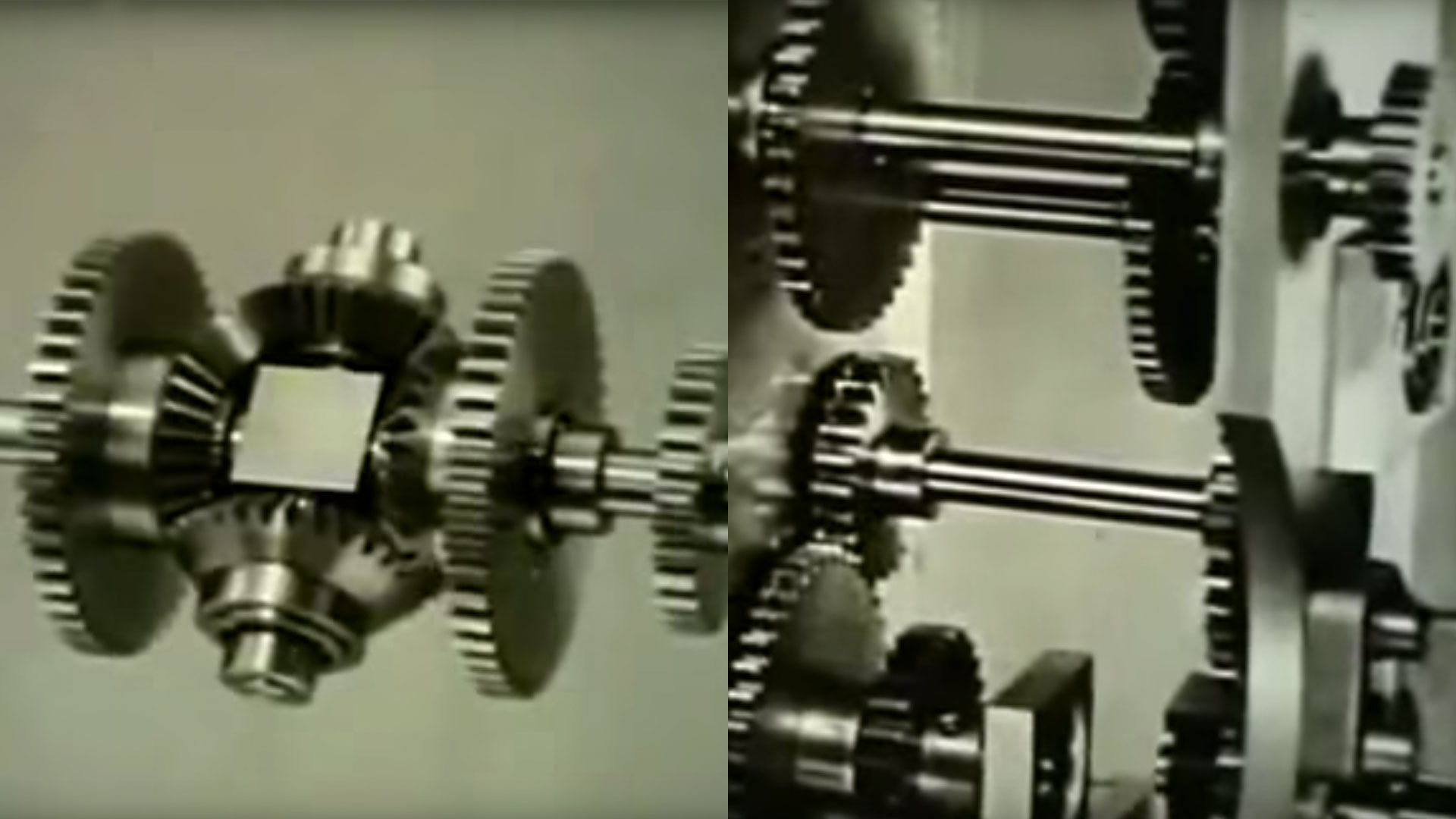

To the uninitiated like me, it would seem that a “fire control” computer used by the United States Navy in 1953 must have had something to do with extinguishing blazes that would break out onboard a ship.
Wrong. In actuality, as this vintage Navy training film makes clear, “fire control” is another way of saying “hitting your target.” Think about the difficulty; your ship may be moving, and your target may be moving, so continuous adjustments need to be made almost instantly based on numerous variables that include far more than the just the heading and speed of each ship.
While that’s fascinating, the best part about this Navy training film is seeing how these pre-microprocessor computers were so mechanical. For gearheads, it’s a joy to see the shafts, gears, cams and differentials—all technologies found in automobiles—so skillfully interacting to make complex mathematical determinations. The graphics here are outstanding, too; even if you don’t understand differential mathematics, you’ll gain a newfound respect for the engineers who thought these problems through, built the parts, pieced the computer together and then actually made it work.
Lovers of Harleys and small-block V8s, take note: The section on cams and followers beautifully shows how the rotary motion of a camshaft is turned into the linear movement of the pushrod. Equally fascinating is the portion on rack and pinion gears, which are used almost ubiquitously to steer today’s automobiles. And the depiction of a differential (with its spider gears) is probably more instructive than the latest SAE paper on the subject.
Especially if you’re a young engineer, or studying to become one, do yourself a favor and watch this video to see how “fire control” was handled by the US Navy more than 60 years ago. What today probably involves nothing more than the touch of a few buttons was once a beautifully conducted mechanical symphony that took a lot more effort and deserves our respect.
